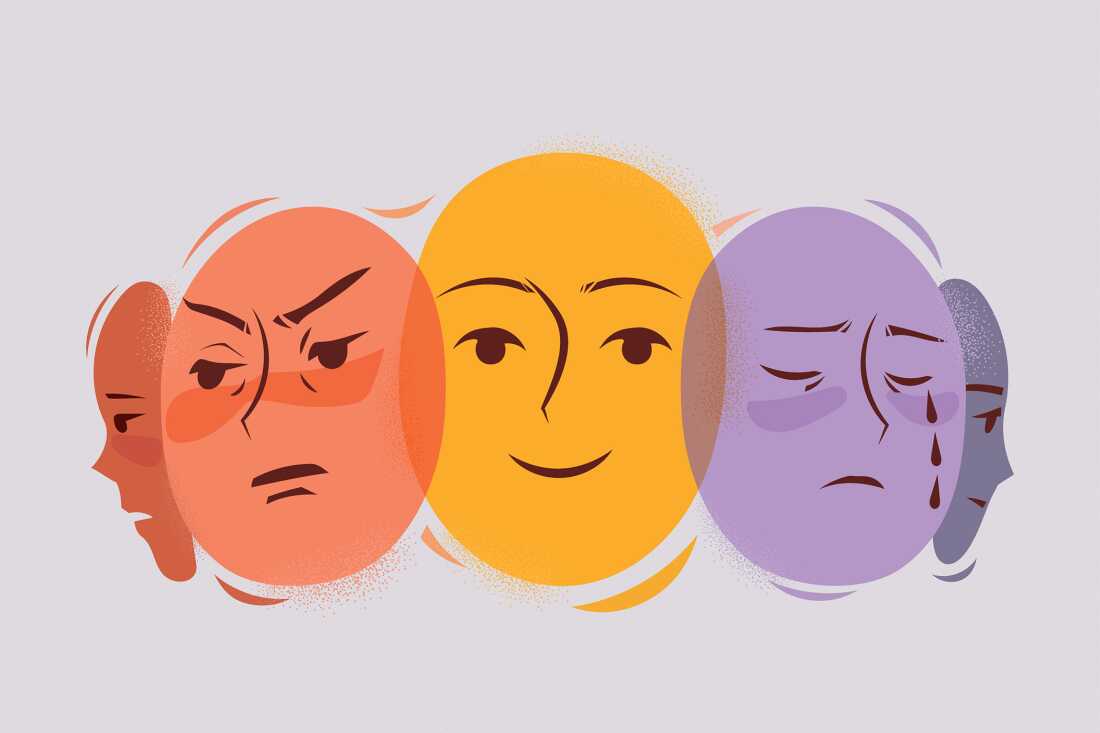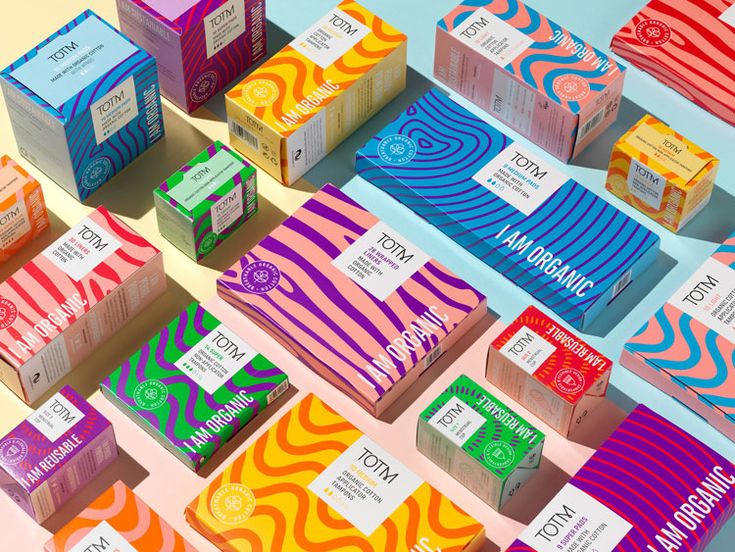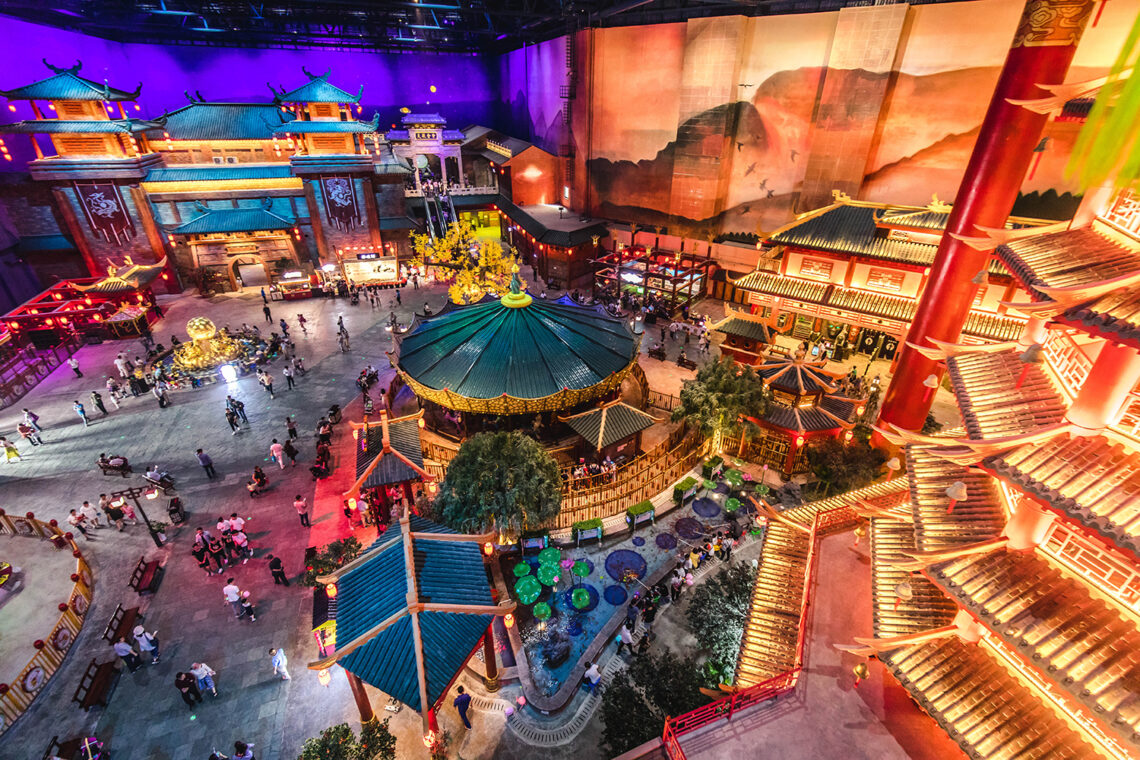In a world filled with endless information and fleeting moments, crafting meaningful and memorable experiences has become a powerful way to engage people, build connections, and leave a lasting impact. Whether in design, business, or personal interactions, understanding the psychology and science behind human memory and emotions can help create experiences that truly resonate.
Why Do Some Experiences Stick While Others Fade?
Our brains are wired to remember certain moments while forgetting others. Several factors influence
memory formation and emotional impact, including:
1. The Role of Emotions
- Emotionally charged experiences are more likely to be remembered. The brain’s amygdala, responsible for processing emotions, strengthens the encoding of memories when an experience evokes joy, surprise, excitement, or even nostalgia.
- Marketers, event planners, and designers can leverage this by crafting experiences that evoke strong emotional responses—through storytelling, visuals, or interactive elements.
2. The Power of Novelty
- The brain prioritizes novel and unique experiences over routine ones. This is why first-time experiences, such as a first concert or first travel adventure, tend to be vividly remembered.
- To create memorable moments, focus on introducing unexpected elements, whether in a product, service, or event design.
3. The Peak-End Rule
- According to psychologist Daniel Kahneman, people remember experiences based on the most intense (peak) moment and the ending, rather than the entire experience.
- Brands and designers can apply this by ensuring that key moments—such as a grand reveal, surprise feature, or powerful conclusion—leave a strong impact.
Building Meaningful Experiences: The Key Ingredients
1. Personalization & Human Connection
- People connect with experiences that feel tailored to them. Customization fosters a sense of belonging and significance.
- Businesses can implement AI-driven personalization, while designers can create interactive, user-centric designs to enhance engagement.
2. Multi-Sensory Engagement
- The more senses an experience activates, the more immersive and memorable it becomes.
- Combining visuals, sounds, textures, and even scents can strengthen memory retention. Think of theme parks, luxury stores, or VR experiences that engage multiple senses
simultaneously.
3. Storytelling & Meaning
- A compelling narrative makes an experience relatable and emotionally resonant.
- Whether in branding, marketing, or design, incorporating a story that aligns with the audience’s values and aspirations fosters deeper connections.
How to Apply This in Everyday Life
Whether you’re a designer, entrepreneur, educator, or simply someone who wants to create meaningful moments, here’s how you can incorporate these principles:
- For Businesses: Design customer experiences that are emotionally engaging, surprising, and personalized.
- For Designers: Craft interactive designs that evoke strong emotions and engage multiple senses.
- For Events & Marketing: Focus on peak moments and impactful endings to leave a lasting impression.
- For Personal Life: Make special moments stand out by adding novelty, emotional depth, and personal touches.
Memorable experiences don’t happen by chance—they are intentionally designed using principles rooted in psychology and neuroscience. By understanding how emotions, novelty, and storytelling influence memory, we can create experiences that resonate deeply and stand the test of time.



